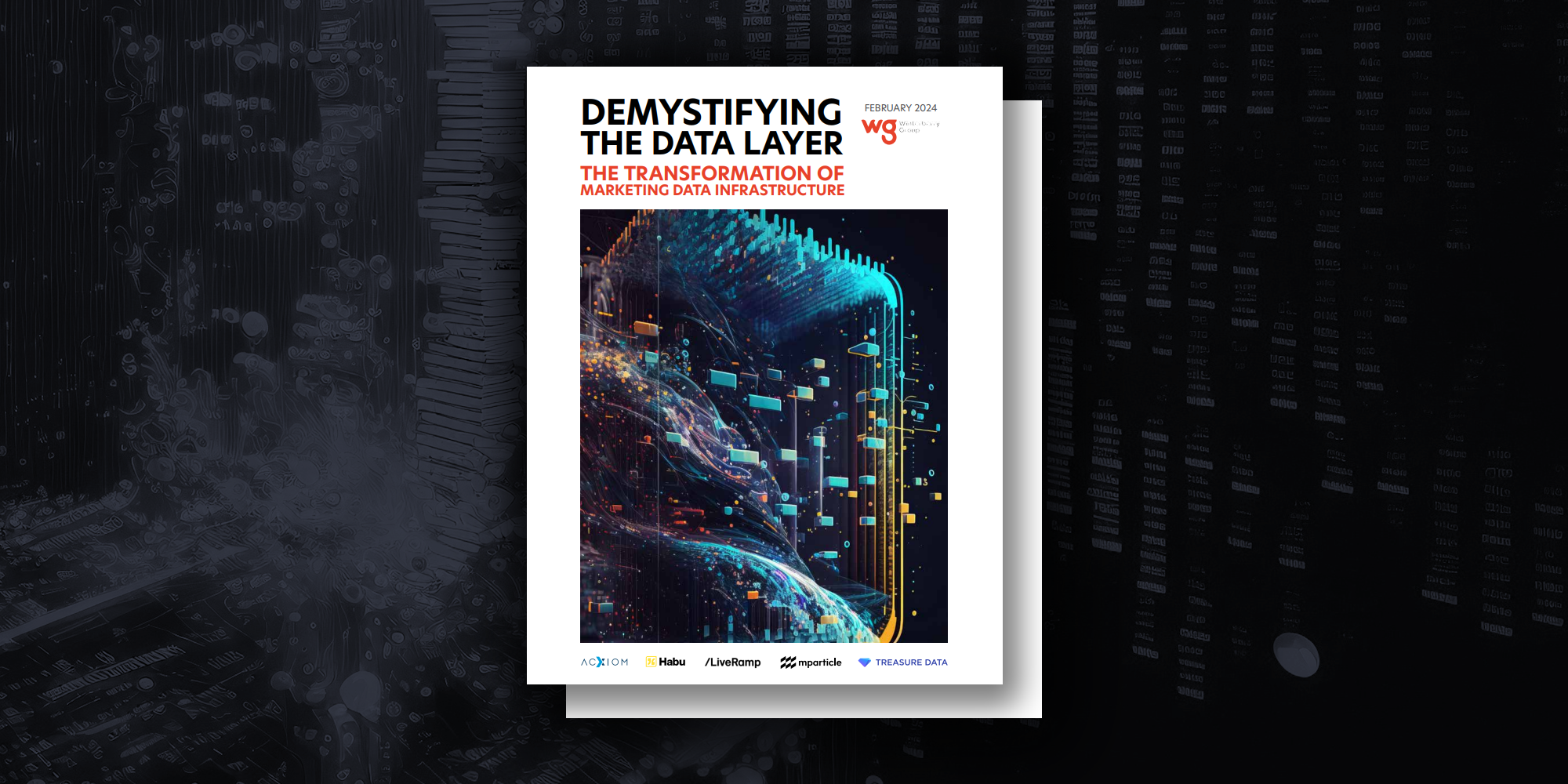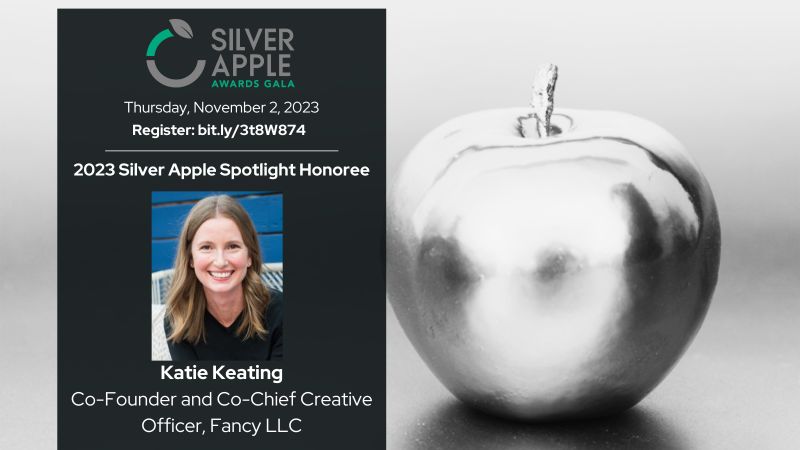
“The starting point for marketing and sales today is all about how customers buy,” says Brent Adamson. This is especially true in B2B, where the day of one decision maker is over, according to Adamson, coauthor of The Challenger Customer, along with Matthew Dixon, Pat Spenner, and Nick Toman. Adamson points out that in the B2B purchase process there are 5.4 people involved on average.
How can a marketer or salesperson move a group of that size to a conversion or close? Adamson suggests understanding who’s in the group, identifying its “challenger customer,” and helping the team to push past the status quo.
As a marketer or seller, selling to a group has inherent difficulties. One is that involving a larger number of people brings varying perspectives that can stall the purchase process, Adamson notes. These groups have to come together to collaboratively decide what they want to do. Marketers and salespeople have an opportunity to act as facilitators in that process.
“Marketers appreciate the consensus problem,” Adamson says. “They know they need to find the people who are in that group and market to them based on their roles and needs.” Personas have reemerged to help do this, he says. This group-based approach is what Adamson calls the “track ’em all down and win ’em all over strategy.”
“Marketers say, ‘If we an get a collection of yeses, we’ll get a purchase,’” he says, cautioning that not only will that approach not work, but it can work against you. “When we found this, we realized that it’s not just a numbers problem, it’s also a diversity problem.” Often the priorities and needs of the people in the group don’t overlap, so addressing those individual or disparate needs exacerbates the problem, Adamson says. His advice: Marketers need to find the commonality among the constituents and bring them together around it.
“Buyers don’t need a product; they need an idea—one about why they should change what they do,” Adamson explains. “They’re product agnostic. Marketers and salespeople need to give prospects insight on why they need change.”
Adamson points out that customers are looking for suppliers who can teach them something, help them with their business, mitigate risks, etc. “They’re looking for answers, not products,” he says. “But too many marketers and salespeople are still doing speeds and feeds, because it worked for decades.”
Another essential element in closing a B2B deal in today’s group purchasing dynamic is knowing who the key influencer is in the group, he says. “That’s the challenger customer,” Adamson says, “the person in the customer organization who is particularly good at getting consensus and driving change.” This type of active influence is essential; just building enthusiasm isn’t enough.
“How do you predict who will be good at that?” Adamson posits. “The predictive thumbprint is different than you might think. It’s not about seniority, who has final approval of the purchase decision, etc. These people are mobilizers.”
But finding an internal champion isn’t enough, because most people are still risk averse, Adamson says. “Just because they want to help [push through a decision or sale] doesn’t mean they can, he says. “You need to coach them through it; provide a mobilizer tool kit.” This starts with taking The Challenger Sale approach of understanding what’s actually standing in the way of a purchase—which isn’t always the obvious objection, such as price—and then helping the mobilizer to work through those issues with the group. Marketers and salespeople who realize when they’re facing what Adamson calls a buying problem (versus a marketing or selling problem), can figure out the issues, and coach the mobilizer through them have a big opportunity to set themselves apart, he says, and gain an advantage in this environment.
One of those buying problems is the status quo. In fact, Adamson considers it companies’ biggest competition. “You can convince a prospective customer that your company or product is better and different and customers will agree, but still choose to do nothing,” he says. “It can make you feel like you want to pull out your hair. You’ve done all the right stuff and yet you get nowhere because you’re competing against the status quo.” The reason, he says, is that B2B marketers are trying to solve for a marketing problem, when what they need to address is the buying problem. “Help customers find common ground,” he advises. “And hitch you’re wagon to the challenger customer—the person who is the mobilizer.”
This post originally appeared on CustomerAlchemy.net








